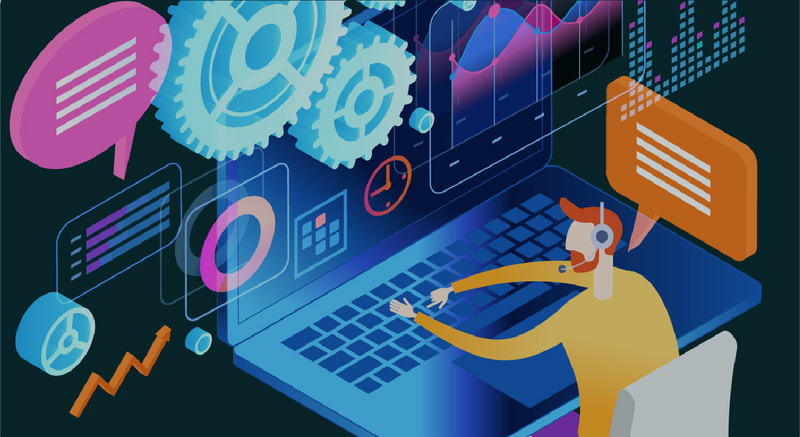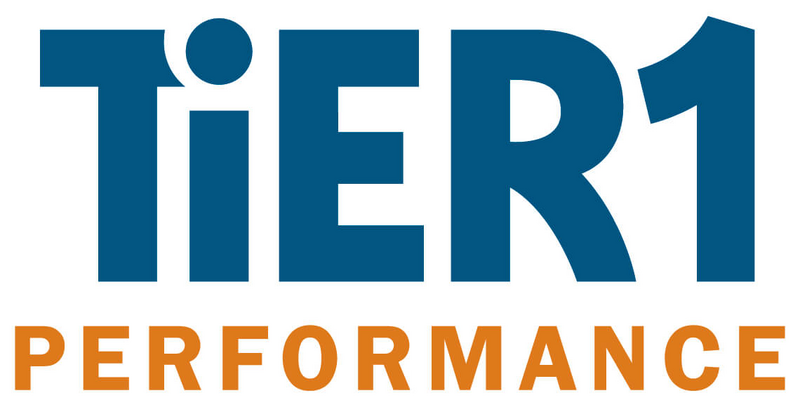ATD Blog
The Digital Experience Is the Employee Experience
Thu Nov 10 2022

For many employees, the digital realm is the primary context for experiencing their organizations, teams, work, and customers. Well-designed digital interactions can support talent by delivering experiences, changing mindsets, impacting behaviors, and driving results. However, this requires close collaboration among stakeholders across HR, IT, and the business— and their competing priorities and siloed technology stacks can lead to a fractured digital employee experience.
Here are four approaches to building a healthy, high-performing organization by forming productive relationships between people and technology:
1. Create agile cross-functional teams.
Creating agile, cross-functional teams ensures that people and processes are in place to deliver the experiences people need. Stakeholders from across the organization may have competing priorities, but they all bring valuable perspectives. Draw inspiration from customer-facing product teams by adopting proven agile practices:
Form cross-functional teams with all the skills needed to design, develop, and support experiences.
Measure success by delivering value to users, with laser focus on user-centered design and change adoption.
Deliver iteratively to provide value faster and gather and respond to feedback sooner.
Fund dedicated teams that focus on outcomes, not outputs, rather than planning line-item projects months in advance.
2. Align to a common definition.
It’s critical to have a “north star” that guides the work into alignment. Start by defining your desired employee experience (EX), which should be informed by three elements:
Your employer’s brand, encompassing their values, culture, and hard truths
Your employees’ needs and desires, impacted by their environment, role, and more
Best practices for optimizing the human experience—universal truths that should be part of every organization’s EX
The digital employee experience (DEX) should align to the overall desired EX and to the context of the digital environment. For example, if the EX is enabling high performance and individual potential, the DEX must be intuitive and easy to navigate. This way no one wastes time or effort replicating tasks while working in the digital environment.
3. Put people at the heart of system design.
Organizations are becoming more flexible thanks to hybrid work, talent mobility, and faster iteration, and in turn, their ecosystems are becoming more complex. Too often, the systems provided to users are driven by the needs of implementation and support teams. While this is critical to the success of enterprise platforms, to truly get value from these systems, we must start with the goals, needs, and pain points of users.
A digital ecosystem that is centered on human performance includes:
User guidance through new concepts and experiences
Just-in-time support tools
Connection to peers and mentors
Relevant challenges to increase confidence in new skills
Seamless integration between tools and processes
User experience (UX) design provides tools and guides thinking that ensures people get the most out of technology with the least amount of confusion, friction, or waste. Successful UX design looks at individual digital interactions within a broader context—optimizing for the whole, not the parts.
4. Design for the moments that matter.
EX is the collection of day-to-day interactions that employees have with their leaders, managers, each other, and any aspect of the organization (tech, tools, environment). Make-or-break interactions can be defined as moments that matter.
Healthy, high-performing organizations intentionally design these critical moments to be positive, secure, and trust-filled. Then they enable leaders, managers, and employees to deliver these moments to each other. This results in engaged and thriving employees who give their best effort at work and commit to the culture and personal growth.
When organizations design the DEX to support employees in moments that matter, they will drive desired results.

